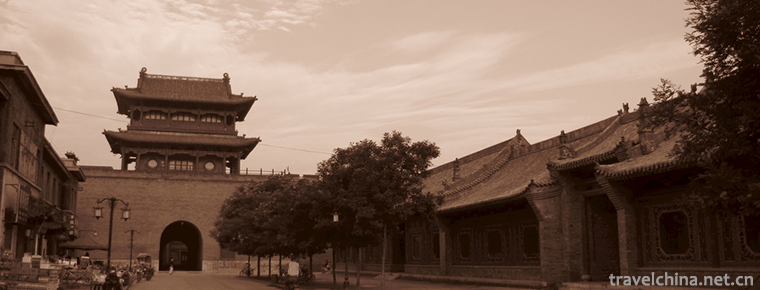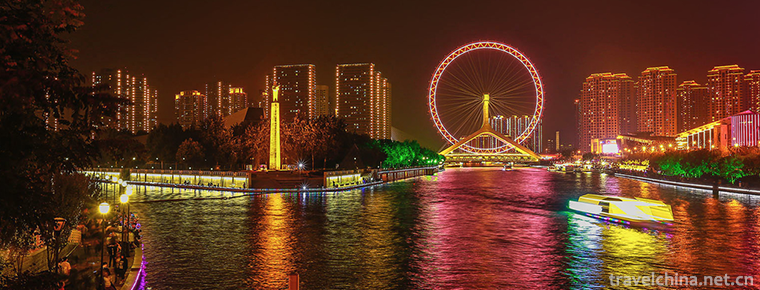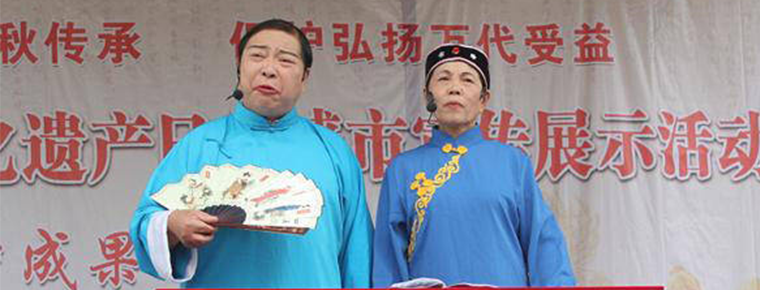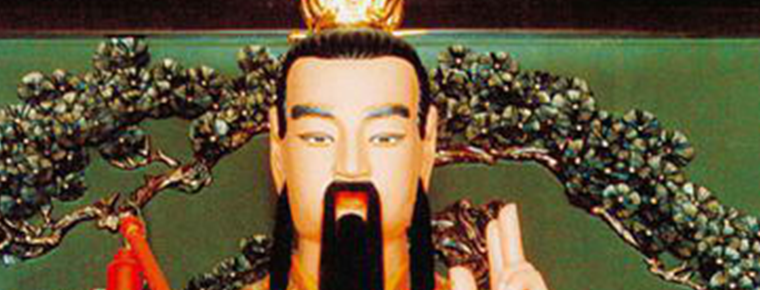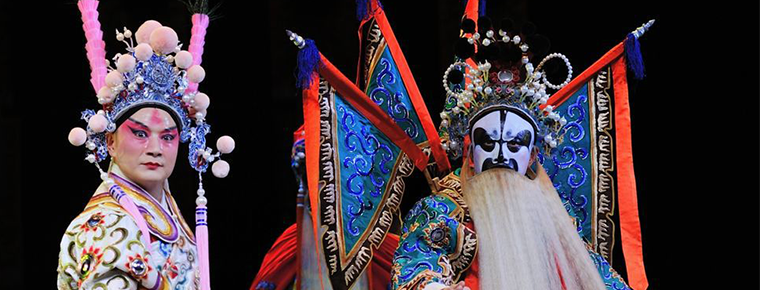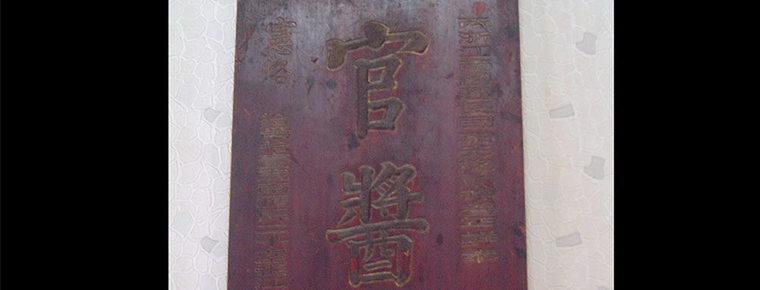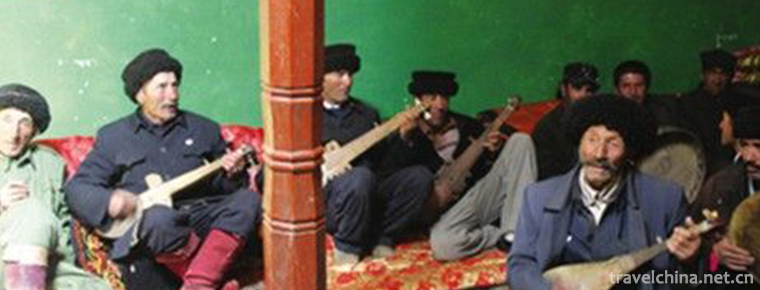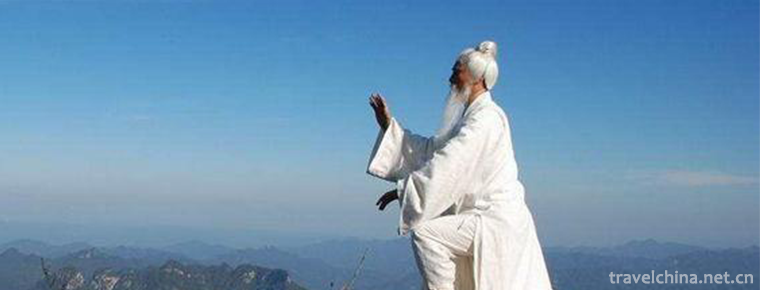Legend of Hetuluo Books
Legend of Hetuluo Books
The legend of Hetu Luoshu is a folklore system about Hetu and Luoshu, which was born in Luoyang, Henan Province. It mainly includes the legend of Longma Negative Tu Temple and the offering of Luoshu by tortoise.
In Huimeng Town of Mengjin County, the intersection of the Yellow River and Tuhe River, its tributary, is said to be the "Longma Negative Map" site, with the Longma Negative Map Temple built; and in Xichangshui Village of Luoning County, the intersection of Luohe River and Xuanhu River, its tributary, is said to be the "Shengui Negative Book", with the stone tablet of "Luochushu".
On November 11, 2014, Hetuluoshu legend was approved by the State Council to be included in the fourth batch of national intangible cultural heritage list.
Myths and legends
The legend of Hetu Luoshu is a folklore system about Hetu and Luoshu, which was born in Luoyang, Henan Province. It mainly includes the legend of Longma Negative Tu Temple and the offering of Luoshu by tortoise.
Legend depicts the origin of Hetu and Luoshu: During the period of Fuxi, a dragon horse emerged from the Yellow River, and its spiral hair became a figure of "16 dwelling below, 27 dwelling above, 38 dwelling on the left, 49 dwelling on the right, and 50 dwelling on the middle". This is the "river map". Fuxi drew eight hexagrams according to the "river map", from which the book Zhouyi came; while Dayu was harnessing water, a dragon horse emerged in the Luohe River. The tortoise, with lines, circles and dots on its back, is organized into groups. This is "Luoshu". Dayu interprets "Luoshu". This is "Hong Fan" in Shangshu.
The legend of Hetuluo books has a long history in Heluo area, and there are many records in pre-Qin literature. In the book of Zhouyi Xici, it says, "When the river comes out of the picture, Luo publishes the book, the sage does it." In the Western Han Dynasty, Kong An Guo and Liu Xin also explained the Hetu Luoshu. The original meaning of Zhouyi written by Zhuxi in Southern Song Dynasty was first attached with the pattern of "Hetu Luoshu".
Myth controversy
The original prototype of Hetu is a white rotating dragon. The so-called "river" is not the Yellow River, but the Milky Way.
Legend influence
In 1987, a Neolithic site was discovered in Anhui Province. One of the jade turtles was shocked by the pattern on the jade board. And the pattern on the jade board is the abnormity of the Eight Diagrams. The patterns on river charts also affect the costume models of the Yi people in Sichuan Province. Early river patterns often appear on their national costumes.
Social commentary
Heluo culture takes the "River map" and "Luo Shu" as the symbol, manifests the origin of Chinese traditional culture. Taking Xia, Shang and Wednesday as the backbone of the culture, it embodies the continuity of Chinese traditional culture. It takes the cultural essence of the ancient capital of Luoyang as the core, manifests the gravity of Chinese traditional culture, and spreads the excellent culture to the outside world with the way of "South Luolang" moving south. It reflects the radiation of Chinese traditional culture. Heluo culture was born in the Central Plains and flourished in the Central Plains, which spread to all parts of the country and overseas, affecting the development of history for thousands of years. This is not only the pride and pride of the Chinese nation, but also an important topic worthy of praise and in-depth discussion in the history of human civilization.
—— People's Network
The current Hetuluo books are inaccurate
In the Song Dynasty, Zhu Xi sent his friend Cai Jitong to Sichuan to look for the legendary Hetu Luoshu. Cai Jitong brought back two pictures and said that one was Hetu and the other was Luoshu. Zhu Xi believed that. But only in the Yuan Dynasty did people discover that Cai Jitong actually found three pictures, one of which he concealed. This picture is the real river chart, which is the predecessor of the Yin and Yang pictures of the Eight Diagrams seen today. Both of the pictures he handed Zhu Xi are Luoshu.
—— Author A Cheng
Hetuluoshu legend is one of the legends about the origin of Chinese civilization and the root culture of the Chinese nation. It confirms the long history of Chinese civilization and is of great significance to the study of the origin of Chinese culture.
—— Xinhua

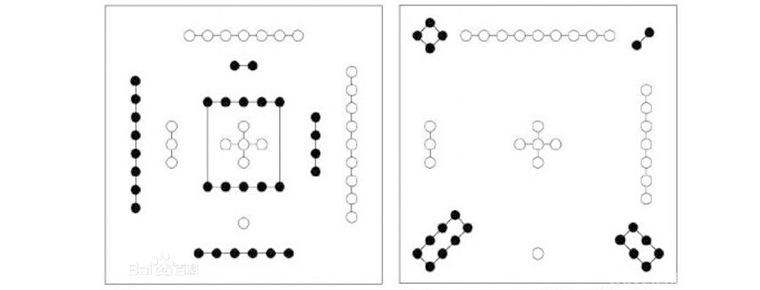
-
Online Shopping
Online shopping is to retrieve commodity information through the Internet, and send out shopping requests through electronic order forms, then fill in the number .
Views: 218 Time 2018-11-13 -
Chongqing Yunyang Longgang National Geological Park
Yunyang Longgang Scenic Spot: National AAAAA Class Tourist Spot, National Geopark and National Day 2016 "Best Tourist Service Scenic Spot".
Views: 296 Time 2018-12-12 -
Pingyao Ancient City Scenic Spot
Pingyao Ancient City is located in Pingyao County, central Shanxi Province. It was founded in Xuanwang Period of Western Zhou Dynasty (827-782 BC)..
Views: 144 Time 2019-02-07 -
Eyes of Tianjin
Tianjin Eye, full name Tianjin Yongle Bridge Tientsin Eye, crossing the Haihe River connecting Hebei and Hongqiao District, is a cross-river construction, bridge wheel in one Ferris wheel, both touris.
Views: 128 Time 2019-02-21 -
Hanchuan good books
Hanchuan Shanshu is a kind of traditional folk music which combines rap and singing in Hubei Province. Since the Qianlong period of the Qing Dynasty, it has a history of 260 years. .
Views: 127 Time 2019-05-02 -
The legend of Huang Daxian in Huangchuping
Huang Chuping's legend is one of the local folklores in Jinhua, Zhejiang Province. It originated in the Eastern Jin Dynasty. The earliest written record was in The Biography.
Views: 70 Time 2019-05-04 -
Anhui Opera
Hui Opera, one of the local operas in Anhui Province of China, originally known as "Hui Diao" and "Erhuang Diao", originated in the Ming Dynasty and was named Hui Opera after 1949..
Views: 185 Time 2019-05-04 -
Brewing technology of soy sauce
Qian Wanlong soy sauce brewing technology is the traditional soy sauce brewing technology of Shanghai Bengang, and it is an ancient local traditional handicraft technology. .
Views: 80 Time 2019-05-06 -
Tajik Folk Songs
Tajik folk songs are very rich in content. The folk songs handed down to this day include folk songs reflecting ancient social life, customs and customs, eulogizing love and religious rituals. The mai.
Views: 167 Time 2019-06-17 -
Taiji boxing
Taijiquan, a national intangible cultural heritage, is based on the traditional Chinese Confucian and Taoist philosophy of Taiji, Yin-Yang dialectical concept as the core idea, integrating many functi.
Views: 170 Time 2019-06-18 -
Wangcong Temple
Wangcong temple, located in the southwest of Pidu District, Chengdu City, Sichuan Province, is 23 kilometers away from Chengdu City. It was built in memory of Du Yu, the earliest king of Shu, and his successor Cong di..
Views: 137 Time 2020-11-05 -
Nanchong landform
Nanchong terrain inclines from north to south, with an altitude of 256-888.8 meters. The main geomorphic types are hills, and 1 / 3 of them are high hills and low mountains, middle hills and valleys, and low hills and dams. The geomorphic types of the whole city.
Views: 322 Time 2020-12-17


